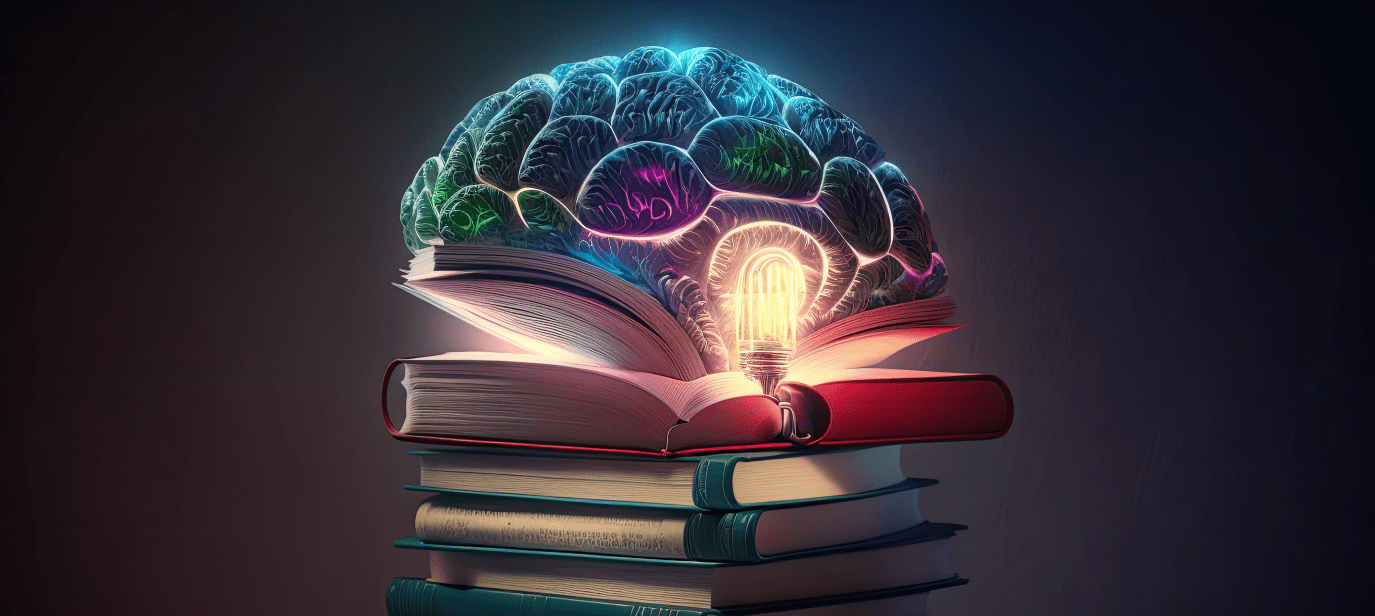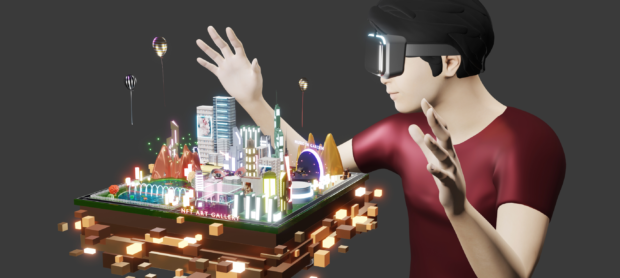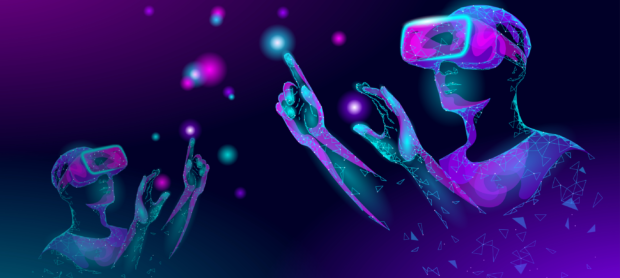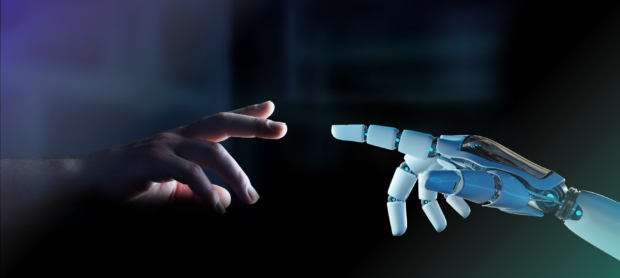Artificial intelligence (AI) has become a crucial component of contemporary life, with applications in a wide range of sectors, including healthcare, banking, transportation, and entertainment. AI-powered systems may carry out activities like problem-solving, learning, and decision-making that ordinarily need human participation by emulating human intelligence. AI is slowly but surely finding its way into the educational space and has the potential to fundamentally alter how we teach and learn.
By delivering tailored experiences, automating administrative duties, and generating data-driven insights, the use of AI in education seeks to improve the quality of teaching and learning. These developments also raise questions about the future of teaching careers and the moral ramifications of incorporating AI into the classroom. This article will go into the continuing discussion over AI’s role in education, looking at whether technology is changing education or endangering employment there.
The Evolution of AI in Education
Since the 1960s, when academics started creating computer-assisted instruction (CAI) systems, the idea of integrating AI into education has been around. Early uses of artificial intelligence in education concentrated on developing simple tutoring systems, including the General Problem Solver (GPS) and the SCHOLAR system, intended to provide pupils with rudimentary instruction. AI has developed tremendously over the years, and it is now present in education in the form of adaptive learning platforms, virtual assistants, and intelligent tutoring systems.
A new generation of instructional tools has emerged in response to the rapid development of AI technology. These consist of:
1. Platforms for adaptive learning: These tools utilize AI algorithms to monitor student performance and modify the course material appropriately, resulting in a customized learning environment.
2. Chatbots and virtual assistants: AI-powered chatbots and virtual assistants aid students with their questions by giving prompt solutions and direction.
3. Automated methods for grading and evaluation may analyze student work, easing the stress on instructors and giving students prompt, unbiased feedback.
4. Educators and institutions may monitor student progress, spot possible problems, and make data-driven choices to enhance learning outcomes with the use of analytics tools for learning that are powered by AI.
The function of AI in customized learning
Delivering individualized learning experiences requires the use of AI. AI systems can determine unique learning styles, strengths, and shortcomings by examining student data. With the use of this data, teachers may design lessons that are specifically tailored to the requirements of each student, resulting in a more successful educational experience. AI-powered systems may also modify the learning material in real-time, changing the pace and degree of difficulty to fit the student’s development.
The potential of AI to solve access and equality issues in education
AI has the ability to drastically affect access to and equality in education. AI may help close the achievement gap between students from diverse socioeconomic backgrounds by providing individualized learning experiences, ensuring that every student has the assistance they need to succeed. AI-powered technologies may also open up high-quality instructional materials to a wider audience, irrespective of their geographic location or budgetary limitations. In order to make educational information accessible to non-native speakers, AI-enabled language translation, for instance, may assist remove language barriers. Overall, AI has the potential to improve educational environments by fostering inclusivity and equity.
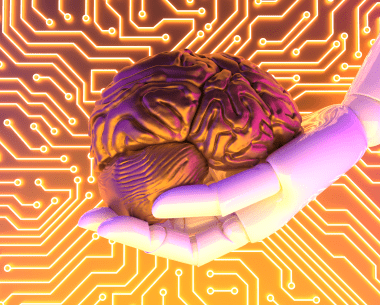
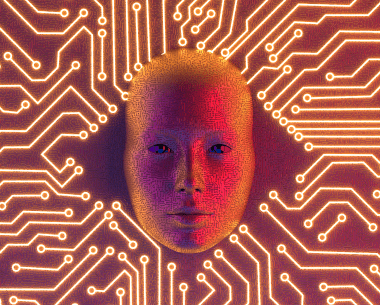
AI Revolutionizing Learning: The Positives
Experiences for individualized learning
– Adapting to different learning preferences: AI-driven systems may examine how students engage with the learning materials to identify the student’s preferred learning preferences, such as visual, auditory, or kinesthetic. By taking into account these preferences, AI can give each learner a more interesting and productive learning experience.
– Pacing and content customization: AI-powered platforms have the ability to modify the learning material according to the requirements and development of each student, guaranteeing that they understand the material at their own rate. This individualized approach keeps students engaged and stops them from falling behind or losing interest.
Improved materials and instructional aids
– Automating administrative activities: By automating time-consuming and repetitive procedures like scheduling, attendance monitoring, and grading, AI may considerably lessen the strain on teachers. This enables educators to concentrate more on their primary duties, such as class preparation, and provide individualized help to pupils.
– Virtual assistants and intelligent tutoring systems: Virtual assistants and intelligent tutoring systems may provide students real-time help and direction, addressing their concerns and delivering comments on their work. These resources may support in-person education, ensuring that students get the support they require even outside of the classroom.
Improved evaluation and feedback of students
– Real-time progress tracking: AI-powered analytics systems are able to keep track of student’s progress in real-time, giving teachers important information about how well the pupils are grasping the subject. This enables educators to spot potential problems early and address them before they get out of hand.
– AI algorithms are capable of evaluating student assignments and exams and offering fair and objective feedback. In order to aid students in strengthening their comprehension of the subject matter, these systems may also produce tailored feedback depending on each student’s strengths and limitations.
Case studies: Effective use of AI in the education sector
1. The MATHia math tutoring system from Carnegie Learning uses artificial intelligence to deliver individualized education while also offering real-time feedback. According to research, MATHia can dramatically enhance pupils’ problem-solving abilities and arithmetic abilities.
2. Thinkster Math: This online teaching platform employs artificial intelligence to assess student’s work and offer tailored feedback, assisting them in comprehending their errors and developing their mathematical abilities. The platform has received recognition for its ability to improve students’ self-confidence and academic achievement.
3. Virtual Stepwise Tutor from Querium Corporation: By providing detailed instructions and individualized feedback, an AI-driven teaching system helps students grasp STEM courses. Students’ comprehension and memory of difficult ideas have improved thanks to the virtual tutor.

AI as a Threat to Jobs: The Concerns
Traditional teaching responsibilities are being disrupted
1. Job security and task automation: As AI systems automate a variety of administrative and instructional jobs, there is rising worry about the possible influence on educators’ job security. There is concern that AI-powered technologies might someday eliminate the need for human teachers, which would result in job losses or a decline in the need for teaching professionals.
2. Education professionals may need to adjust and reinvent their jobs as a result of the use of AI in the classroom. The emphasis of teachers may need to change from providing direct instruction to supporting and guiding students as they interact with AI-driven learning platforms. Teachers may feel uncertain and anxious as a result of this adjustment.
Ethics-related matters
1. Data security and privacy: For AI systems to work properly, enormous volumes of data are required. However, issues with security and privacy are raised by the gathering and use of student data. Data protection is crucial because unauthorized access or improper use of student data might have serious repercussions.
2. Bias in AI algorithms and their effects on underrepresented students: If AI algorithms are trained on biased data or developed without taking into account other viewpoints, they may unintentionally perpetuate bias. This might undermine the objective of establishing an inclusive and equitable learning environment by resulting in the unjust treatment of minority students or by reinforcing preexisting preconceptions.
Digital dividing
1. Unfair access to AI-driven tools: Not every student has the same level of access to the technology needed to benefit from AI-driven learning environments. The advantages of AI in education for disadvantaged pupils may be limited by factors including socioeconomic position, geographic location, and infrastructure gaps.
2. Increasing the educational difference between rich and impoverished pupils: As students with access to AI-powered technologies acquire a competitive edge over those without, the digital divide may worsen already-existing educational discrepancies. This might potentially exacerbate the educational opportunity gap between advantaged and advantaged pupils, defeating that objective.
The value of human interaction in education
Although AI-powered solutions have many advantages, they cannot completely replace human interaction in education. Teachers are essential in promoting students’ social and emotional growth, developing relationships with them, and imparting empathy and understanding that AI systems cannot match. Striking a balance between technology improvements and the irreplaceable importance of human connection in the learning process is crucial as education changes with the inclusion of AI.
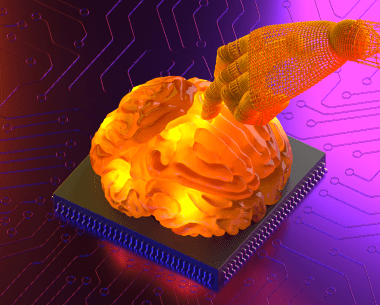
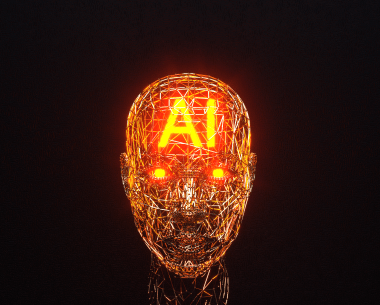
Balancing AI Advancements with Job Security: A Path Forward
A changing educators’ Role
– Emphasizing human abilities like empathy, creativity, and critical thinking: As AI becomes more common, educators should give special attention to developing the human abilities that AI cannot mimic, ensuring that these abilities remain crucial to the learning process.
– Teachers as facilitators and mentors: Teachers should embrace their responsibilities as facilitators and mentors, aiding students in the development of critical social and emotional skills while assisting them in navigating AI-driven learning platforms.
A partnership between AI and teachers
– Using AI as a supplementary teaching and learning tool: AI should be considered as a useful addition to conventional teaching techniques, increasing the educational process without displacing human teachers.
– Creating AI-powered solutions using the knowledge and input of educators: AI-driven technologies may be created with instructors’ requirements and kids’ best interests in mind if educators and AI developers work together.
Governmental directives and rules
– Addressing ethical issues and data privacy issues: To ensure the ethical use of AI in education, governments should adopt laws and regulations that address ethical issues and data privacy issues.
– Supporting initiatives to reskill and upskill educators: Governments should fund programs to assist educators in acquiring the skills they need to adjust to the changing educational landscape and stay relevant and competitive in the employment market.
Conclusion
There are several potential and difficulties presented by the use of AI in education. By delivering individualized experiences, upgrading instructional resources, and optimizing student evaluation and feedback, AI-driven solutions have the potential to change education. However, issues like the digital gap, ethical ramifications, and job security cannot be disregarded.
A balanced strategy is required to harness the revolutionary power of AI without endangering job security. This balance may be achieved by highlighting the changing role of education, increasing collaboration between AI and instructors, and enacting helpful government laws. By doing this, we can build a diverse and egalitarian environment for AI-driven learning that will benefit students, teachers, and society at large.
Are you prepared to use artificial intelligence in education? With the support of a highly skilled professional team operating under your direction, Eventyr can assist you in bringing your vision to life. We’re committed to assisting you in navigating the complexity of AI integration in education and making sure you take on the difficulties while maximizing the advantages. Contact us right now for further details, and allow us to assist you in realizing the full potential of AI in your academic activities.
